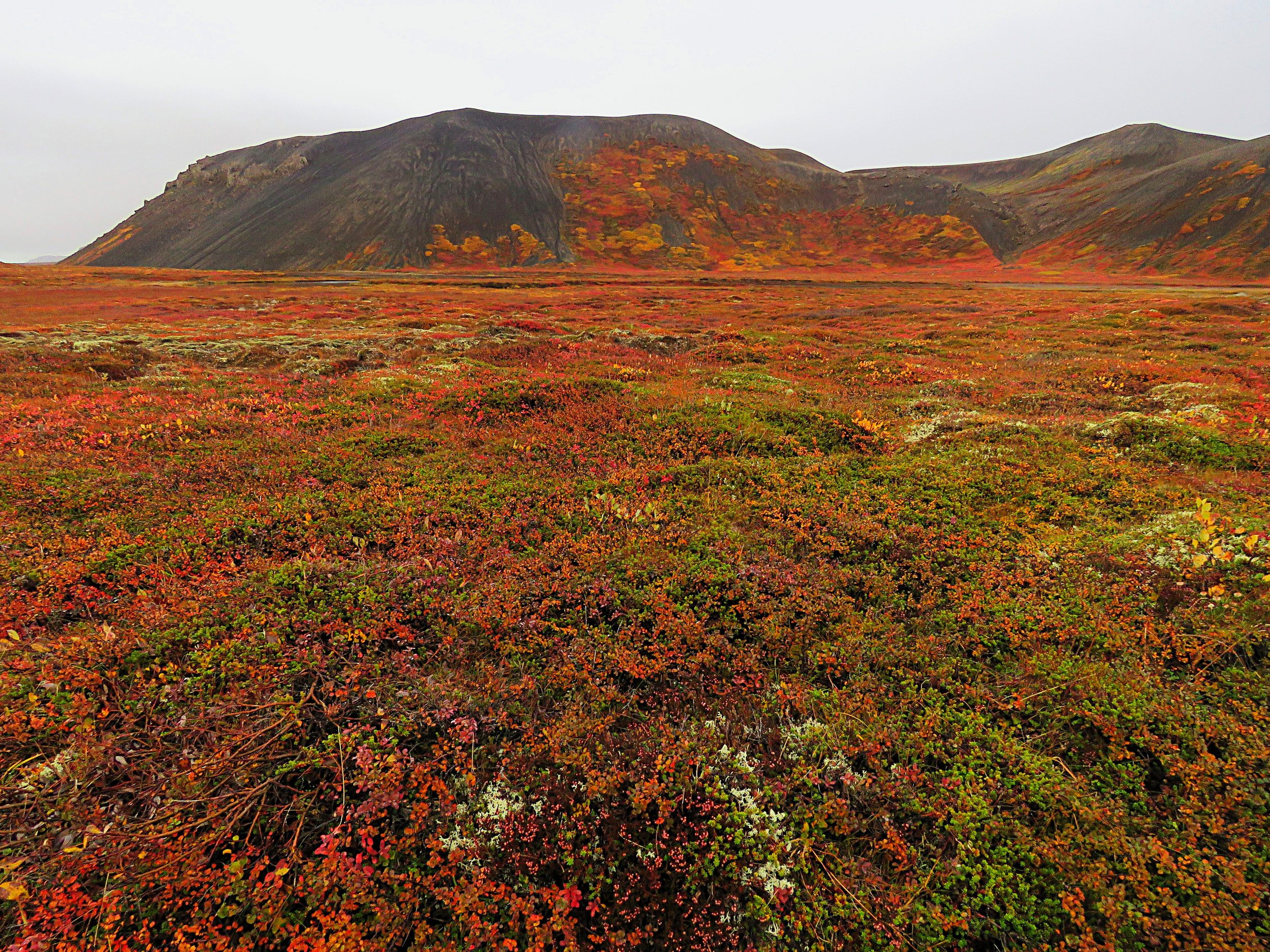Arctic PASSION: Monitoring climate change at Rif Field Station in Iceland
About RIF Station
Rif Field Station is located in Raufarhöfn, a small village on the northeast coast of the Melrakkaslétta peninsula in Northeast Iceland, just 3 km south of the Arctic Circle. While not formally protected by the Nature Conservation Act, this region is internationally recognized as an Important Bird Area (IBA) by BirdLife International and is listed for protection in the Icelandic Nature Conservation Register. The area's biodiversity and natural environment are influenced by its exposed northern coast, frequent fog, and humidity. It features gravel banks, inlets, salt marshes, brackish lagoons, and freshwater lakes. Arctic plants thrive in this unique setting. The region is a breeding ground for at least 53 bird species, including seabirds, waterfowls, and waders. Rock Ptarmigan and Purple Sandpiper are abundant. Furthermore, it serves as a crucial stopover for up to 20,000 high Arctic waders during spring migration.
Current monitoring at the station
Rif Field Station was established in 2014 and has a strong focus on Arctic bird species and their migratory patterns, weather and climate change, vegetation, and bird populations. Databases exist for weather records dating back to 1920 and bird species in the area, including migration data since 2001. Collaborating with the Icelandic Meteorological Office, a climate station was set up in 2018 to provide valuable climate data.
Arctic PASSION
The EU project Arctic PASSION aims to improve and streamline data collection across the Arctic. Within work package 1 “Establishing an adaptive and more complete Arctic observing system”, the INTERACT Non for Profit Association (INPA) led the task to establish terrestrial
environmental monitoring sites (Task 1.2c). Rif Field Station was one of the ten Arctic stations invited to join as a key monitoring site. Through a thorough review of existing monitoring at all ten stations and extensive discussions with all station managers, we identified gaps in monitoring for each of the stations and “priority parameters” to focus on when filling those gaps.
Rif Field Station obtained equipment that was aligned with the defined priority parameters and complementary to the ongoing research and monitoring at the station. Instruments to measure ground temperature, snow depth, short and long wave incoming and outgoing radiation, net radiation and heat flux were acquired through the Arctic PASSION project.
“Monitoring these elements will improve understanding of the local climate system, as well as the uncertainties and risks associated with climate change, global warming, and its impact on the loss of natural habitat, erosion, species migration, diseases, and the arrival of new invasive species. Participating in the Arctic PASSION project as an INPA station will help to understand the impacts of climate change on the local environment, but, more than that, it is a step towards a better understanding of how to mitigate and even reverse the impacts of climate change on our planet, to better conserve natural habitats, biodiversity, and improve the lives of future generations.”, says station manager Pedro Rodrigues.
Connect with Rif Field Station:
Instagram: https://www.instagram.com/rifresearch/
Facebook: https://www.facebook.com/Rifresearch
Website: https://rifrannsoknir.wordpress.com
Contact: Pedro Rodrigues pedro@rifresearch.is
Connect with INPA
INPA provides a sustainable, long-term platform for Arctic, alpine, and boreal terrestrial research stations to maintain their significant global contributions in capacity building for research and monitoring. Our goal is that INPA can ensure long term sustainability to ensure INTERACT's legacy.
Twitter: twitter.com/INTERACT66
Facebook: https://www.facebook.com/InteractArctic
Instagram: https://www.instagram.com/eu_interact/
YouTube: https://www.youtube.com/@interacteu1959
Website: www.interactassociation.org
Contact: info@interactassociation.org



